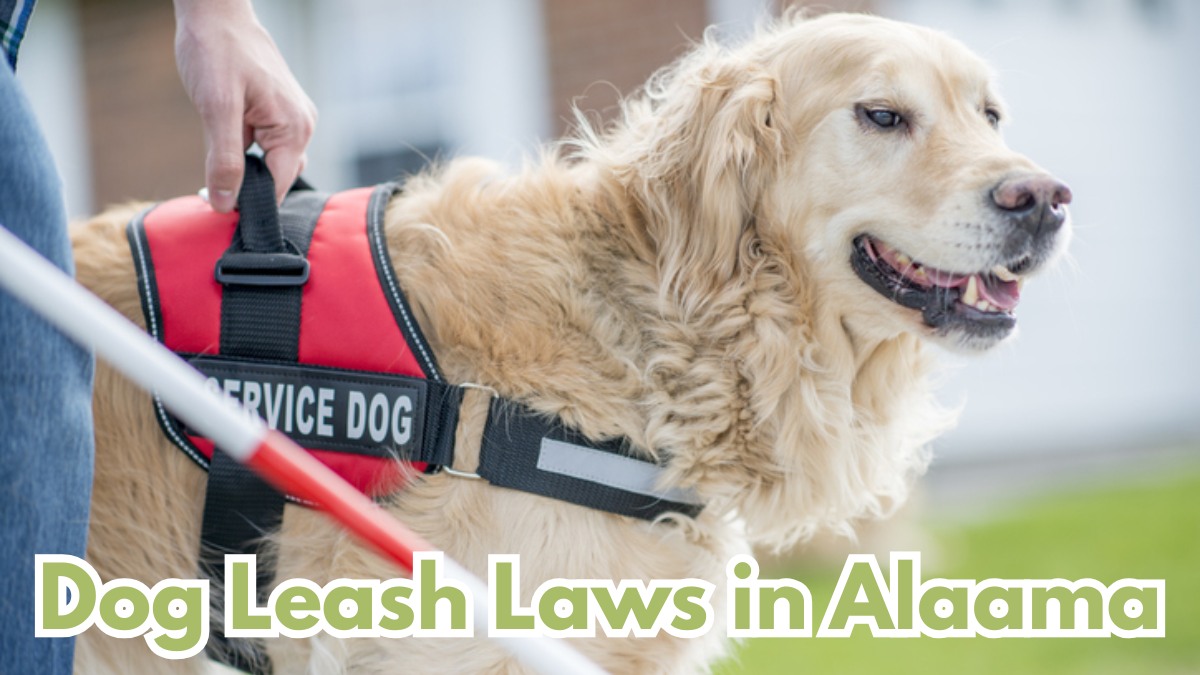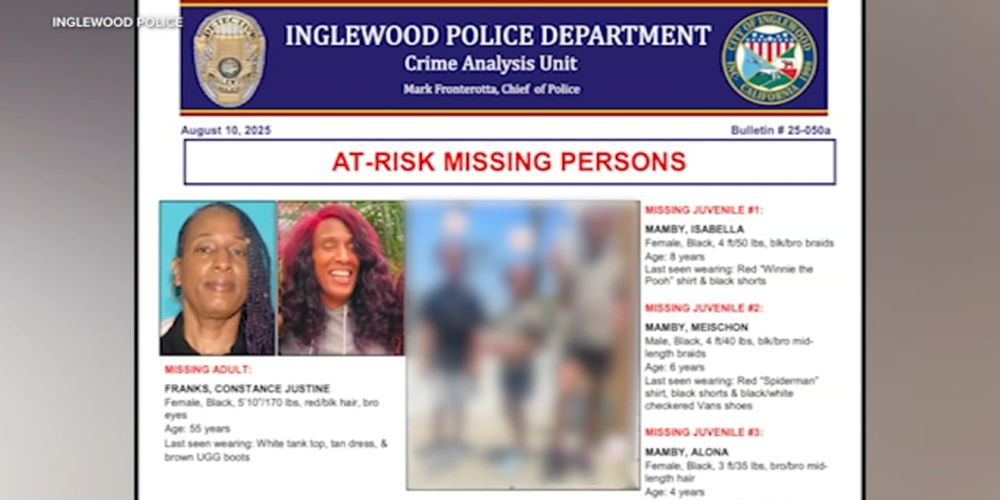Alabama – Owning a dog in Alabama brings immense joy, from walks through historic downtowns to exploring the state’s beautiful parks. A core part of being a responsible dog owner, however, involves understanding and following local laws, especially those concerning leashes. These rules are not just about compliance; they are essential for the safety of your pet, your neighbors, and the entire community. Navigating these regulations can be confusing, as they vary significantly from one city to another. This guide provides a clear and comprehensive overview of dog leash laws across Alabama to help you keep your furry companion safe and on the right side of the law.
What Are the Leash Law Rules Across Alabama?
A common misconception is that Alabama has a single, uniform leash law that applies everywhere. This is not the case. The state does not mandate that dogs must be on a leash statewide. Instead, Alabama law primarily addresses the issue of dogs “running at large.”
According to Alabama Code Title 3, Chapter 6, Section 1, it is unlawful for an owner of any dog to permit it to run at large. The law defines “running at large” as a dog being off the premises of its owner and not under the owner’s immediate control. While this state-level statute sets a baseline, the specific interpretation and enforcement—including what constitutes “control” and when a physical leash is required—are left to individual counties and municipalities. This local control is why you will find different rules in different parts of the state.
Local Ordinances: The Heart of Leash Law Enforcement
Because most leash regulations are established at the local level, it is crucial for dog owners to be familiar with the ordinances in their specific city or county. These local laws provide the detailed rules for everyday situations.
Here are examples from some of Alabama’s major cities:
Huntsville: The City of Huntsville has a clear ordinance regarding animal restraint. According to the city’s code, it is unlawful for any dog owner to allow their animal to be at large. A dog is considered “at large” if it is off the owner’s property and not restrained by a leash, cord, or chain. This requirement applies to public spaces like parks, sidewalks, and streets. The only common exception is within the boundaries of a designated city dog park.
Birmingham: Birmingham enforces similar regulations. The city’s ordinance states that no owner shall fail to keep their dog under restraint. “Restraint” is explicitly defined as being controlled by a leash, secured within a vehicle, or confined within the owner’s real property. Therefore, whenever a dog is off its owner’s property in Birmingham, it must be on a leash.
Mobile: In Mobile, animal control laws are also specific. The city code makes it a duty for every animal owner to keep their animal from running at large. When in public, dogs are generally required to be on a leash and under the direct control of a competent person to prevent them from becoming a public nuisance or a safety hazard.
Montgomery: Montgomery’s city code follows a similar structure. Owners are legally responsible for preventing their dogs from leaving their property unless restrained by a leash. According to city officials, this rule is actively enforced to ensure public safety and to reduce the number of stray or lost animals.
What Do “At Large” and “Under Control” Really Mean in Leash Law?
The phrases “at large” and “under control” are central to these laws.
At Large: This term almost universally means a dog is off its owner’s private property and is not secured by a physical restraint like a leash, chain, or fence.
Under Control: While some may believe “under control” includes voice commands, the vast majority of Alabama municipal ordinances define it as physical control via a leash. Relying on voice command alone in a public area is legally risky and often a violation of local law.
What Happens If You Break Leash Laws?
Failing to comply with local leash ordinances can lead to several consequences. The most common penalty is a fine, which can range from a small ticket to several hundred dollars, especially for repeat offenses.
Beyond fines, other potential outcomes include:
- Impoundment: Animal control officers have the authority to capture and impound a dog found running at large. The owner will then have to pay fees for the impoundment, board, and any necessary vaccinations to retrieve their pet.
- Civil Liability: If an unleashed dog causes injury to a person or damages property, the owner can be held financially responsible. Alabama’s laws regarding dog bites can be complex, and an owner’s failure to leash their dog can be a significant factor in determining liability.
- Dangerous Dog Declaration: In severe cases, particularly after an attack, a dog may be declared “dangerous.” This designation comes with much stricter requirements, such as mandatory liability insurance, secure enclosure specifications, and muzzling in public.
Exceptions to Leash Requirements
While leash laws are widespread, there are specific situations where they generally do not apply.
- Designated Dog Parks: Fenced-in, official off-leash dog parks are created specifically for dogs to run and play freely under supervision.
- Private Property: On your own property, or on the private property of someone else who has given you permission, leash laws typically do not apply.
- Working Dogs: Dogs engaged in legitimate work, such as hunting, herding livestock, or assisting law enforcement, are often exempt from leash requirements while performing their duties.
Why Leash Laws Are Vital for Our Communities
Following leash laws is a cornerstone of responsible pet ownership. These regulations exist for several important reasons:
- Public Safety: Leashes prevent dogs from unexpectedly approaching, jumping on, or biting people, especially children and individuals who may be fearful of dogs.
- Your Dog’s Safety: A leash protects your dog from darting into traffic, consuming something toxic from the ground, or getting into a fight with another animal.
- Community Harmony: Keeping your dog leashed shows respect for your neighbors and ensures that public spaces remain clean, safe, and enjoyable for everyone.
To ensure you are always in compliance, the best practice is simple: check the specific animal ordinances for your city and county. This information is usually available on your local government’s or animal control’s official website. By understanding and respecting these local rules, you contribute to a safer Alabama for people and pets alike.











Leave a Comment